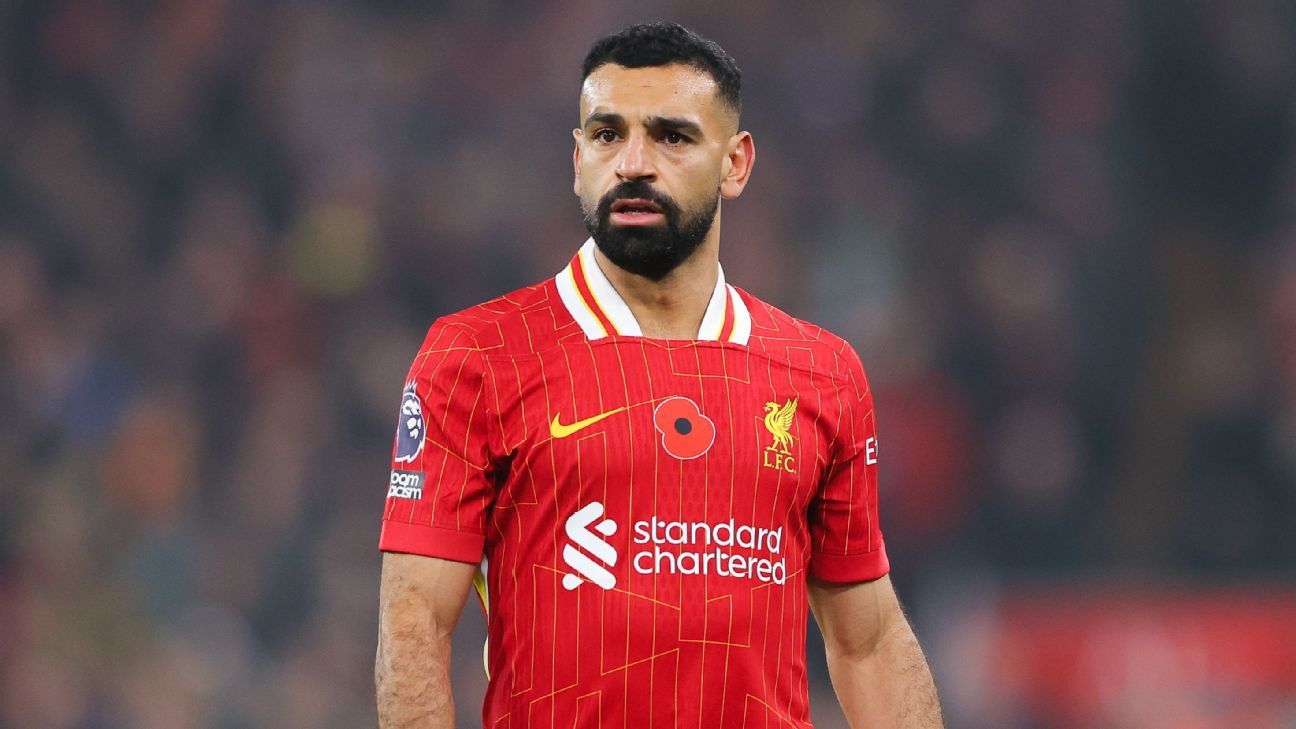
DAYTONA BEACH, Fla. — Wednesday’s announcement of the 2021 NASCAR Cup Series schedule showcased a radical departure from what longtime NASCAR fans have considered “normal.”
However, NASCAR executive vice president and chief racing development officer Steve O’Donnell had a message to fans of the sport during a teleconference with media members following the schedule unveiling.
Buckle up. The changes aren’t finished coming yet.
O’Donnell explained that while next year’s Cup Series calendar is one step in a new direction, it’s not the last step thesanctioning body plans to take in terms of upgrading the schedule.
“(Wednesday) was a hugely exciting day for NASCAR, and really everyone involved in the industry. We said back early in 2019 that we wanted to evolve the schedule and that 2020 was going to be a year where we could make some moves within the portfolio of races we had,” O’Donnell noted. “Really, in 2021 and beyond, you’re going to see some bold changes from NASCAR.
“Even if you throw COVID in there, which probably helped spur some decisions and changes that we’ve seen in the schedule in a good way, we were really able to pivot and do some neat things for the industry … as we looked ahead for 2021,” O’Donnell added. “The primary goal for us was to continue to evolve the schedule, to continue to build it, to continue to listen to the fans. We believe 2021 is a really bold step in that direction, but we’re not done. There’s 2022 and beyond, where we’ll continue to look at making changes that we believe are in the best interest of the sport in key markets and iconic race tracks as well.
“We’re going to continue the journey.”
Next year’s calendar for NASCAR’s premier series includes three new tracks, two new layouts at existing facilities and second dates for two stalwart Southeast venues, creating a radically different regular season than in recent years.
To accommodate the many shifts, Chicagoland Speedway and Kentucky Speedway were dropped from the Cup Series lineup in favor of Road America and a second date at Atlanta Motor Speedway, respectively.
While some people on social media quickly spoke out about the new schedule and suggested that 2021 brings “too much change at once,” O’Donnell quickly disputed those claims.
“I don’t think it’s too much at all. I think it’s an exciting change,” he said. “I think when you look at the opportunities we’ve had to pursue a lot of the new markets and iconic race tracks that our OEMs have asked for, our race teams have asked for and our fans have asked for, it’s a good deal. It’s certainly unfortunate that sometimes you have to move races out of markets to be able to do those things. We still have loyal race fans in those markets. We tried to keep in proximity with new races and new events that fans could go to, but for us, we believe this is exciting.
“We wanted to be bold. We’ve had a really solid year this year, but we want to continue building on that momentum,” O’Donnell added. “We think the work that Ben Kennedy has done by leading this really continues us on that journey, not only for this year, but in ‘22 as well.”
Next year’s NASCAR Cup Series schedule features six road courses, four superspeedway rounds, 16 intermediate-style events, nine races on tracks one mile or less in length and a dirt track – comprising the most-diverse rundown of events in all of American motorsports.
But in looking toward the future, O’Donnell wants to see the Cup Series move even closer to a happy medium between the different types of venues where the series competes.
“I think we’re on the journey to a balance,” O’Donnell said. “It’s been talked about … ‘22 and beyond, we talk about California (Auto Club Speedway), the potential there (with the planned short-track conversion. We’re going to get closer and closer to where I think we want to be. Now it’s 13 or so intermediate (tracks), you’re up to six road courses and you’ve got short tracks in there.
“Is NASCAR going to become a road course circuit? No. I’d say we’re really happy with the number we’re at now,” he continued. “Could you see us maybe add one? Sure, but I think the focus will be on trying to have that balance throughout. Superspeedways, intermediates with kind of the low downforce, high downforce road courses, and then short tracks. If we can have that somewhat balanced across the board, we’ll be really happy with the schedule. We already are, really. We think it’s the most challenging in terms of race tracks and iconic venues that we’ve ever had.
“We’re going to continue to build on that for the future and see where it takes us.”















 Phone: (800) 737. 6040
Phone: (800) 737. 6040 Fax: (800) 825 5558
Fax: (800) 825 5558 Website:
Website:  Email:
Email: 






